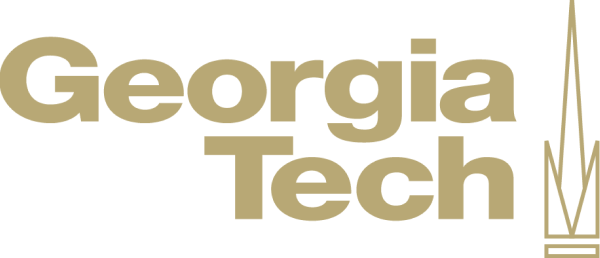Coursera
Free Online Course (Audit)
English
Paid Certificate Available
6 weeks long, 5-7 hours a week
selfpaced
Overview
Class Central Tips
How can we use computers to create expressive, compelling music? And how can we write computer software to help us create and organize sounds in new ways? This course provides a hands-on introduction to the field of music technology as both a creative musical practice and an interdisciplinary technical research pursuit. Students will be able to compose music in digital audio workstation software using both audio and symbolic representations; to write code to algorithmically generate music, analyze sound, and design sound; and to describe the essential theory and history behind these activities as well as their connection to cutting-edge computer music research. Through the exploration of topics such as acoustics, psychoacoustics, digital sound, digital signal processing, audio synthesis, spectral analysis, algorithmic composition, and music information retrieval, we will explore the deep relationships between art and science, between theory and practice, and between experimental and popular electronic music.
We will learn about these topics in the context of digital audio workstation (DAW) software, the multi-track editing paradigm that has been dominant in music production since the 1980s. As we learn about the foundations behind such software, we will use this knowledge to more effectively create music with it, and we will also write a series of short software programs that extend the software’s ability to manipulate, transform, and analyze sound.
NOTE: The Survey of Music Technology course will close to new enrollments on September 24th, 2018.
We will learn about these topics in the context of digital audio workstation (DAW) software, the multi-track editing paradigm that has been dominant in music production since the 1980s. As we learn about the foundations behind such software, we will use this knowledge to more effectively create music with it, and we will also write a series of short software programs that extend the software’s ability to manipulate, transform, and analyze sound.
NOTE: The Survey of Music Technology course will close to new enrollments on September 24th, 2018.
Syllabus
Module 1: Introduction and the Basics of Sound
The first module provides an introduction to the course and lessons in acoustics, psychoacoustics, timbre, digital representation of sound, and spectral representation of sound.
Module 2: Digital Audio Workstations
This module will look at DAW history and key features, music representation, recording and editing audio in a DAW, effects and automations, and aesthetic context.
Module 3: Working With MIDI
In this module we will take a look at MIDI specification (history, structure, limitations), real and virtual MIDI devices, and MIDI sequencing in the DAW. The module concludes with the first of two peer reviewed assignments, in which students create a multi-track DAW audio and MIDI composition.
Module 4: Algorithmic Composition Basic Techniques
In this module students will learn the basics of Python programming and the EarSketch API and the history and practice of algorithmic composition.
Module 5: Algorithmic Composition Advanced
This module looks at more advanced topics in algorithmic programming for music including stochastic composition, chance music, process music, and modeling.
Module 6: Future Directions
This module will help students by describing the core research areas in computer music and their future directions. We will explore music information retrieval, live coding, machine musicianship, new musical interfaces, mobile music, and networked music.
The first module provides an introduction to the course and lessons in acoustics, psychoacoustics, timbre, digital representation of sound, and spectral representation of sound.
Module 2: Digital Audio Workstations
This module will look at DAW history and key features, music representation, recording and editing audio in a DAW, effects and automations, and aesthetic context.
Module 3: Working With MIDI
In this module we will take a look at MIDI specification (history, structure, limitations), real and virtual MIDI devices, and MIDI sequencing in the DAW. The module concludes with the first of two peer reviewed assignments, in which students create a multi-track DAW audio and MIDI composition.
Module 4: Algorithmic Composition Basic Techniques
In this module students will learn the basics of Python programming and the EarSketch API and the history and practice of algorithmic composition.
Module 5: Algorithmic Composition Advanced
This module looks at more advanced topics in algorithmic programming for music including stochastic composition, chance music, process music, and modeling.
Module 6: Future Directions
This module will help students by describing the core research areas in computer music and their future directions. We will explore music information retrieval, live coding, machine musicianship, new musical interfaces, mobile music, and networked music.
Taught by
Jason Freeman


